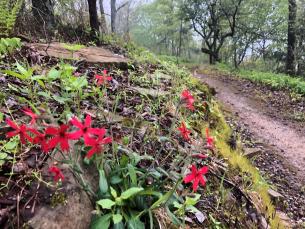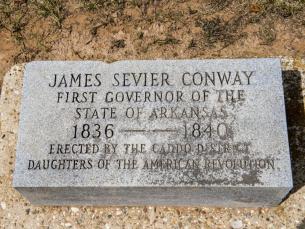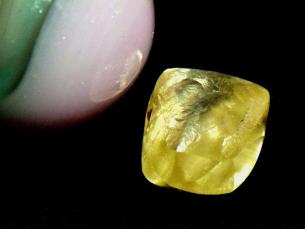The Outdoor Classroom
By: Arkansas State Parks StaffThe best use of my park is as a classroom. The thing I love to see are young people using their senses to enjoy this place that I have loved all these years. My greatest hope is that through this contact that they will learn more about their world and come to care for the park. What could be a more important goal of this special place?
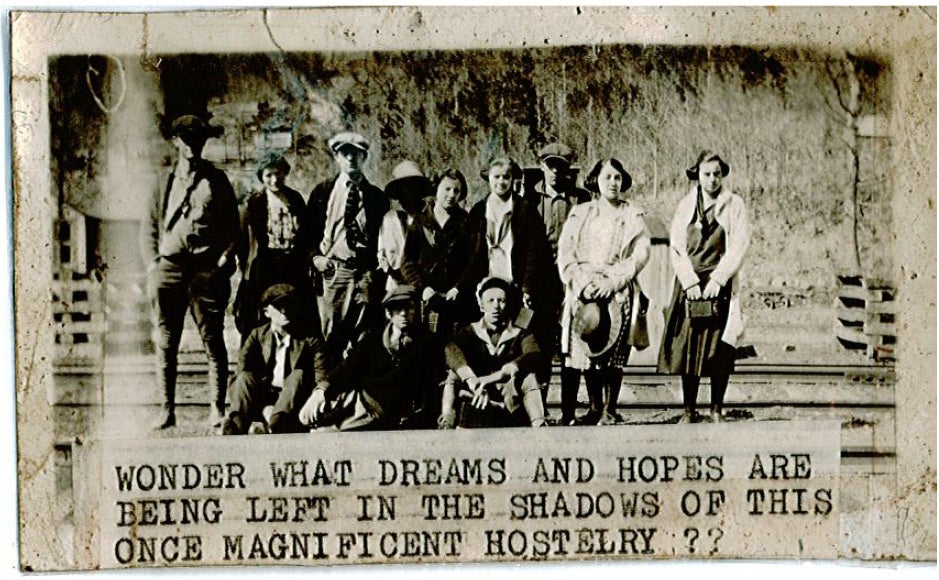
The first school field trip which I have a record of visiting Queen Wilhelmina is the Heavener Senior Trip of 1925. There may have been many before that time but I do not know about them. During my employment here I have witnessed hundreds. From pre-school to college, they have come here to explore and enjoy.
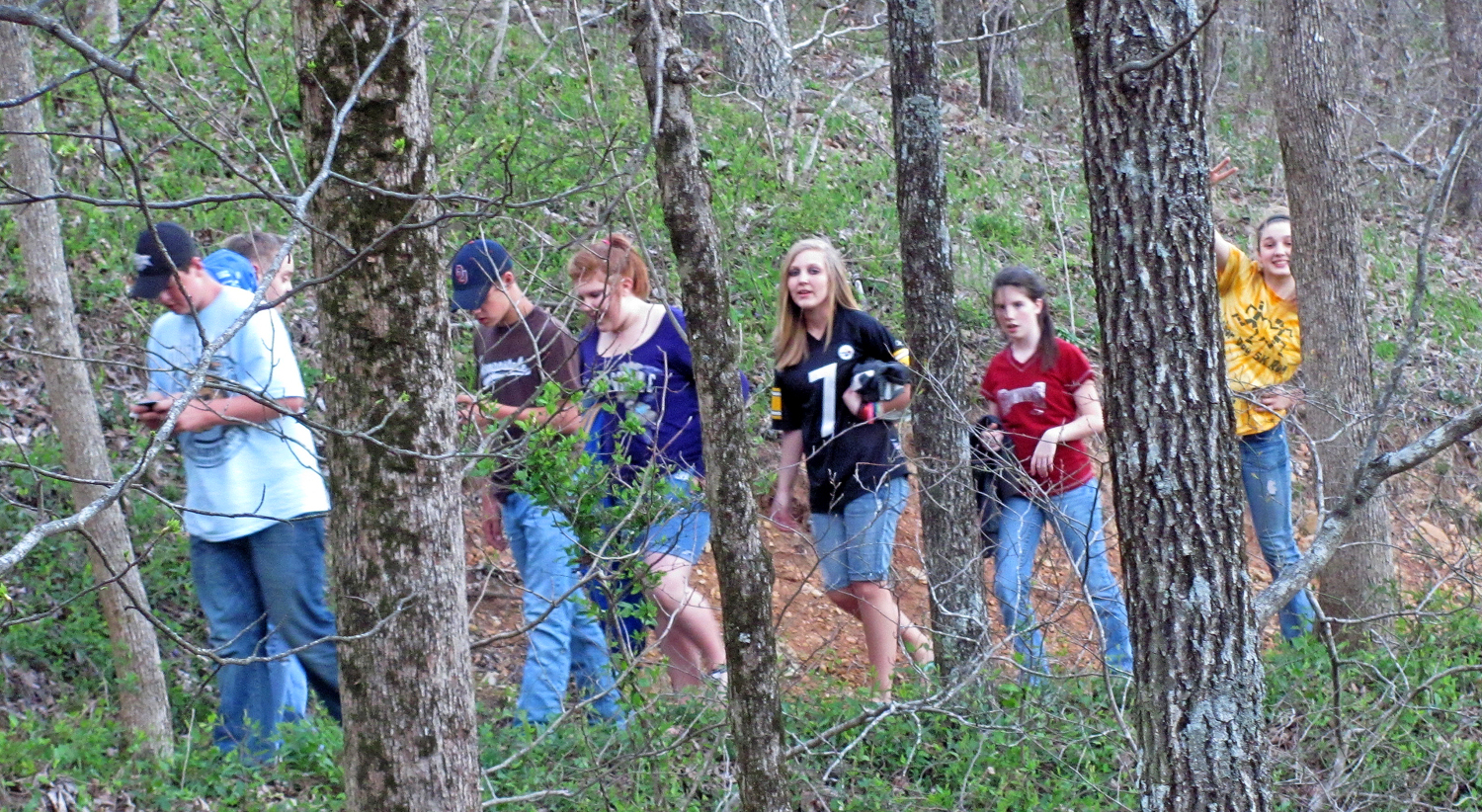
The last field trip was April 6th. We had the pleasure of hosting the Acorn High School Science Club. The club is sponsored by Kathy Rusert, who is the kind of teacher you want your own child to have. She knows how to use both the indoor and outdoor classroom to best effect. She is also willing to schedule a rare night field trip to introduce the Science Club to astronomy.
The Club arrived in time for an evening hike on Lover’s Leap. No text book or indoor classroom can teach kids about native plants better than the up-close, hands-on contact that comes from seeing, smelling, and touching the real thing. No representation or reproduction can take the place of experience. The outdoor classroom was filled with bloodroot, crested iris, bellwort, and windflowers. Their size, color, and habitat were on display in this mountain-sized laboratory of science. Where better to learn to identify them and understand their characteristics?
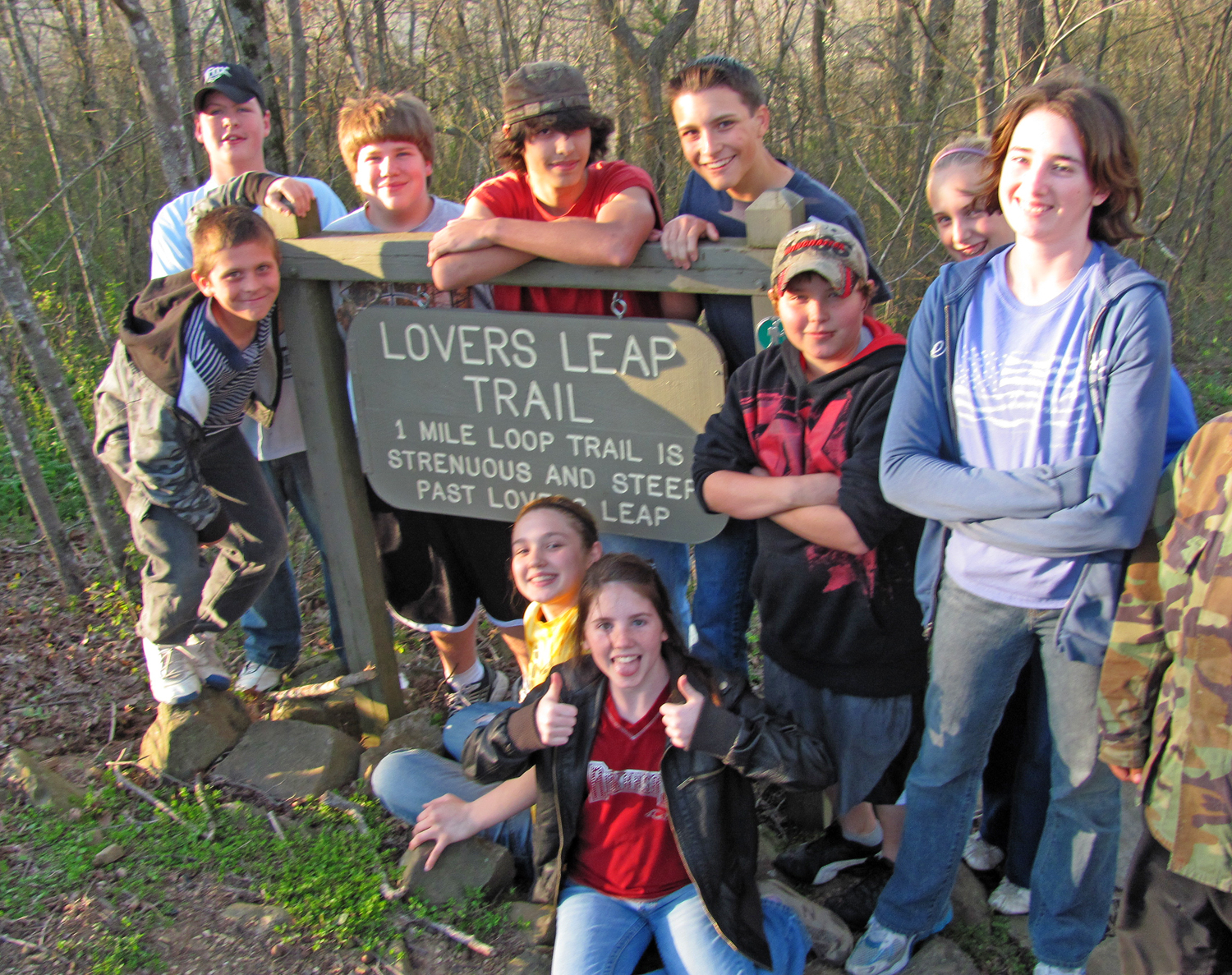
After dark, the Science Club traveled a mile from the sparse security lights of the park for the best view of the night sky. The stars sparkled bright and clear. This kind of night is rare in many parts of the United States. Far away from the bright lights of the city they are able to shine to their full potential. Even the small dim stars have the chance to be noticed. The small sliver of the waxing moon only added to the bright and beautiful night. In a couple of nights, the moon’s brightness would have overpowered its smaller neighbors. This classroom has an up close view of Orion, Leo, Taurus, Gemini, Canus Major, and the two bears, both large and small. The Greeks who named the constellations, some of the first students of the outdoor classroom, must have enjoyed a sight much like the one we saw.
Paul Hawken recently wrote: “Ralph Waldo Emerson once asked what we would do if the stars only came out once every thousand years. No one would sleep that night, of course. We would be ecstatic, delirious, made rapturous by the glory of God. Instead, the stars come out every night and we watch television. “
The televisions were turned off on this night. Instead, the students stared out at the wonders of the universe in the outdoor classroom at Queen Wilhelmina State Park.
